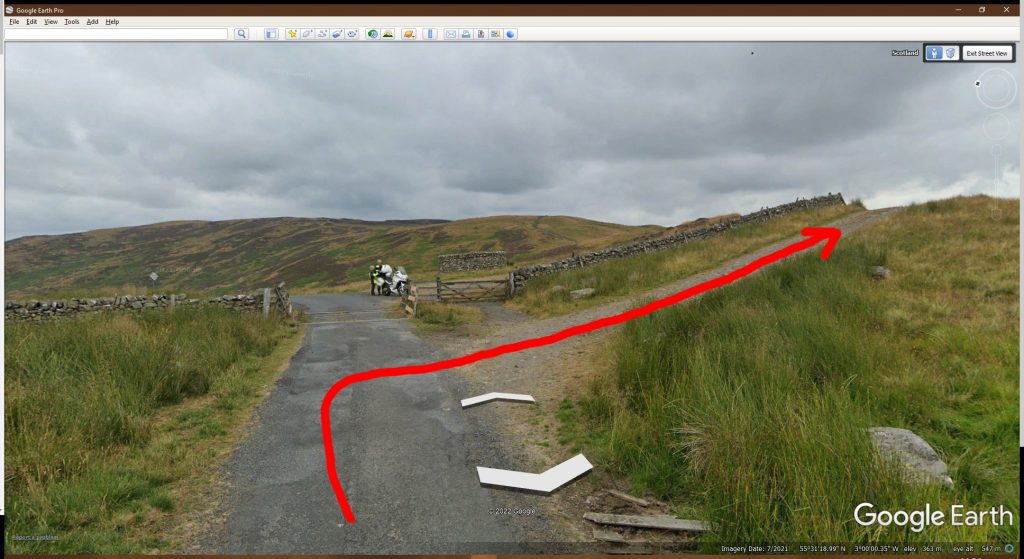Our rally and open day is set to run on Sunday the 26th October 2025 at 11:00am(GMT) at the Volunteer Hall in Galashiels TD1 3JX. See directions below.
We are aware that this clashes with the CQWW contest again but this was the date preferred by most traders. Also we didn’t manage to get it advertised in the October issue of RadCom, so please share with those you know may be interested.
PLEASE NOTE: For subscriptions to the Scottish Borders Repeater Group speak to Jim GM7LUN or see https://www.qsl.net/gm7lun/sbrg/sbrg.htm (or tinyurl.com/SBRepeater) for details to pay electronically.
All tables are now booked and confirmed.
Confirmed Traders (subject to last minute changes, updated 25/10/2025):
Bring and Buy
Bob GM4CID (Used radios, hand-built equipment)
Alan Clegg (Valves etc)
RSGB Stall (Books, memberships)
Mirfield Electronics (Martin Stokes)
Canny Components
Mickey Hunter (Batteries, memory cards etc)
Tony Kruszelnicki (TK Electronics)
G-QRP Club
Perth Repeater Group
Pete Bates GM4BYF
Ken Elliott GM4NTX
Richard Hopkins MM1BHO with a SK sale for MM0WWH for Pancreatic Cancer Research
Michael Wills G0TNF (Military radio sets)
John Keymer 2M0YTN
Dave Bagshaw
DX Maps
Brian Thomson
Scottish Borders Repeater Group
Inverness and District Amateur Radio Club
Hot and cold food and drink will be available.

Doors open to general admission 11:00am, disabled and early Bring & Buy booking at 10:45am. (Remember to put your clocks back!)
Admission £3 for adults, under 16s FREE when accompanied by an adult. CASH ONLY and it will help to have the correct change.
Trader enquiries to rallytraders @ galaradioclub.co.uk
Other rally enquiries to rallyqueries @ galaradioclub.co.uk
Due to the volume of spam received, website comments may be missed so an email is preferred.
Directions:
Location:
The Volunteer Hall
St John Street
Galashiels
Scottish Borders
TD1 3JX
(Google Plus Code 9C7VJ57R+WV )
(What3Words///practical.diner.voltage)


Access to Galashiels by road from A7, A72 or A68 (via A6091), by bus (bordersbuses.co.uk) or by train (scotrail.co.uk).
Parking information: Parkopedia Link


























